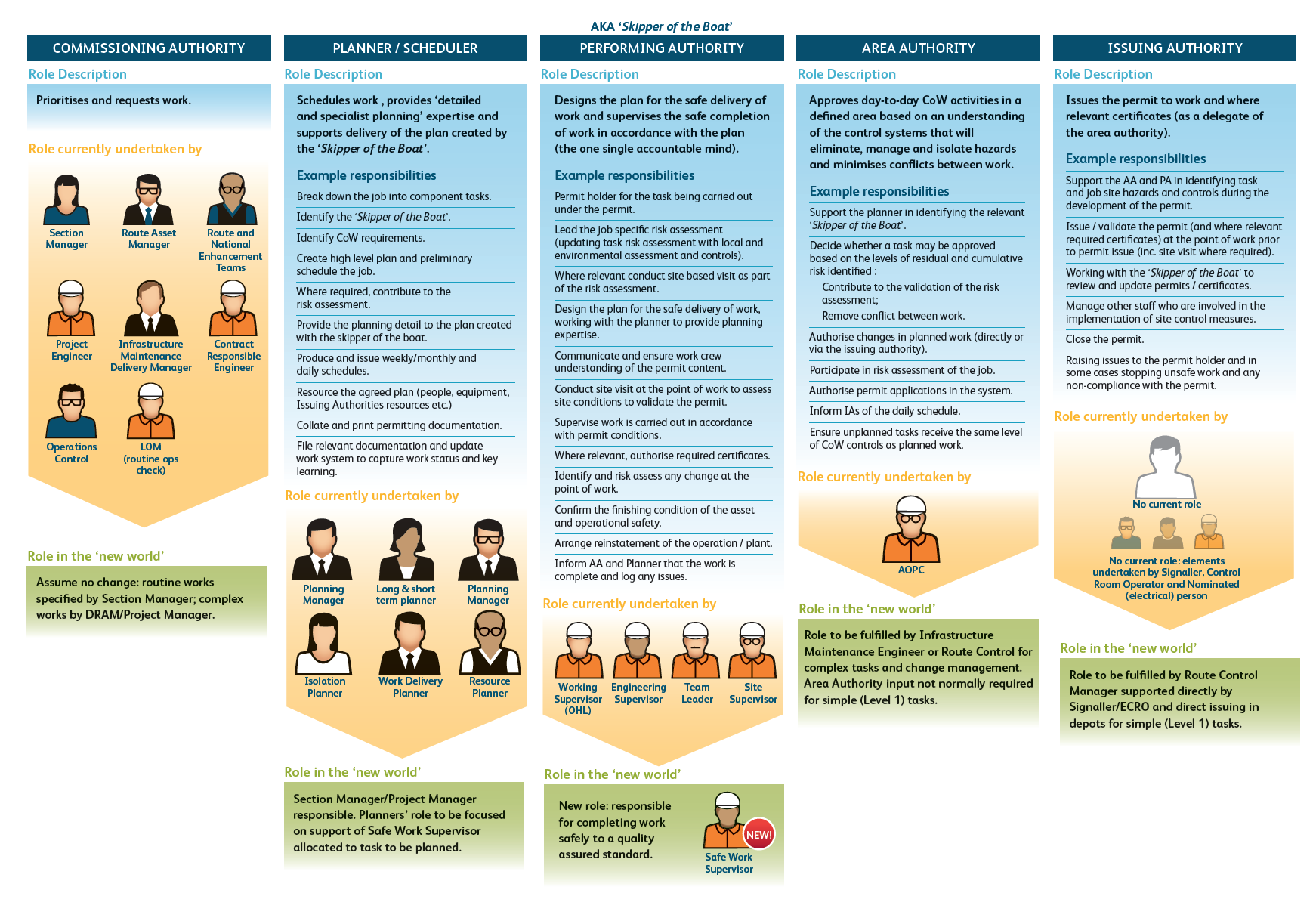AVCT: Re-framing the fundraising proposition*
Overview: The slogan "Saved but not safe" had helped a community campaign save the historic cemetery from housing development: it was surprisingly still the focus of fundraising efforts, though the site had opened in 2010 and developed its business model, community offer and relationships. I reflected its importance to the community in the fundraising campaign, putting people at its heart, and better explained the four-year match-funding opportunity – HLF would match funds we raised to a maximum of £50k. The previous three years' Endowment Fund Challenge (below left) confusingly stated “£50k has been awarded to Arnos Vale” and the branding was weak and unengaging.
See For a Lifetime campaign case-for-support documents
Campaign branding before and after:

See also Arnos Vale Cemetery Fundraising events and income: Spring Eternal Gala and Fundraising Comedy Weekend
University of Oxford: re-framing the message
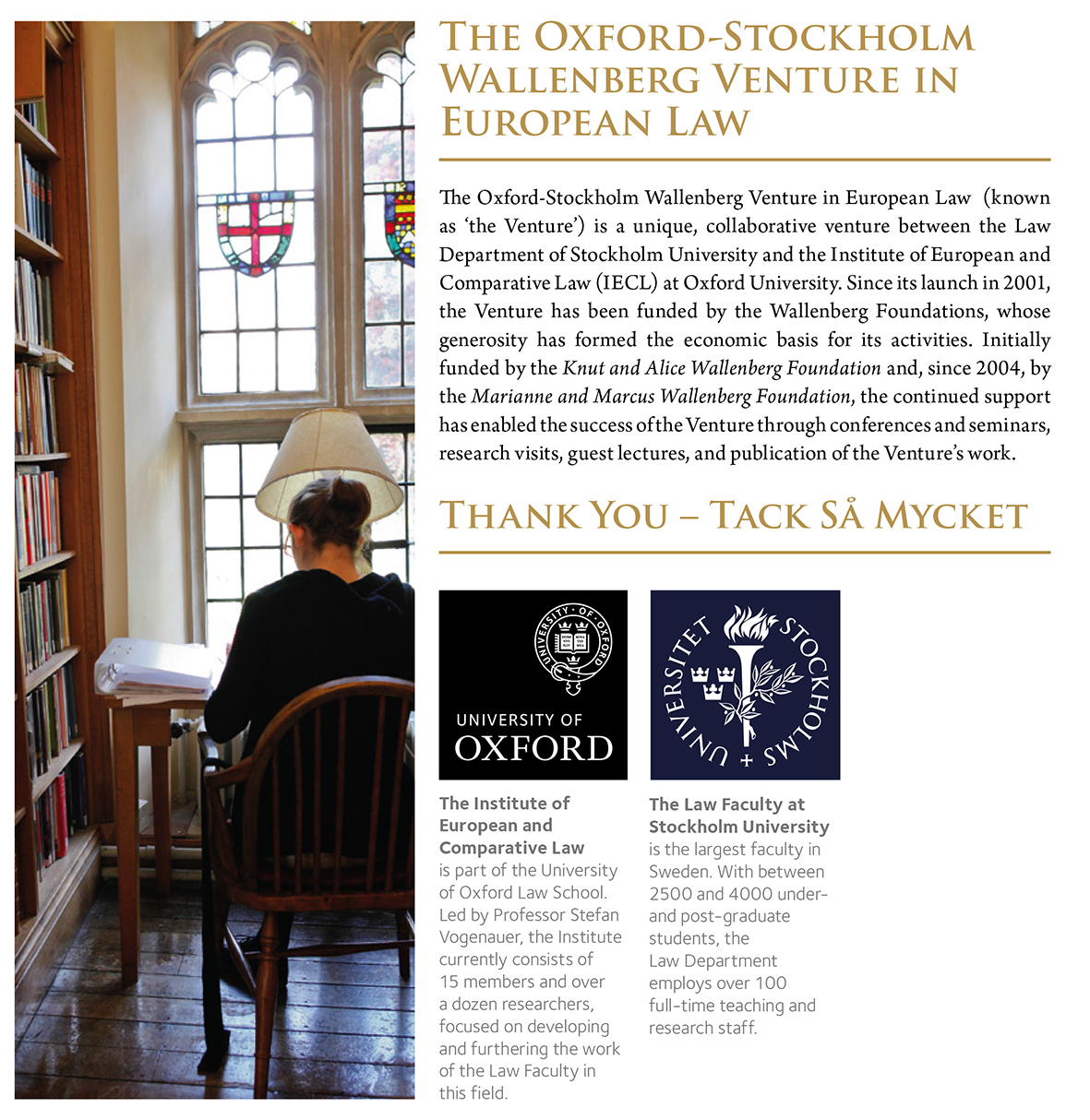
Geovey: funding proposal for business*
Client: Nautoguide Ltd
Overview: Second-round bid to secure funds for Geovey (GIS software public engagement tool) from Ordnance Survey/Land Registry Geovation grant criteria “How can we enable people in Britain to live in better places?”. Geovey was competing with 9 short-listed innovations.
Role: Editor, infographic designer
Brief, aims and outcome: Edit the content and flow of Nautoguide’s original text document, flag any jargon and structure the information clearly using illustrations and diagrams. Geovery won the largest percentage of avilable funding (30%).
Additional task: On reciept of funding, I designed the Geovey information brochure for community and local authority audiences outlining its services and advantages for community communication.
Two example pages from Geovey's successful business funding proposal: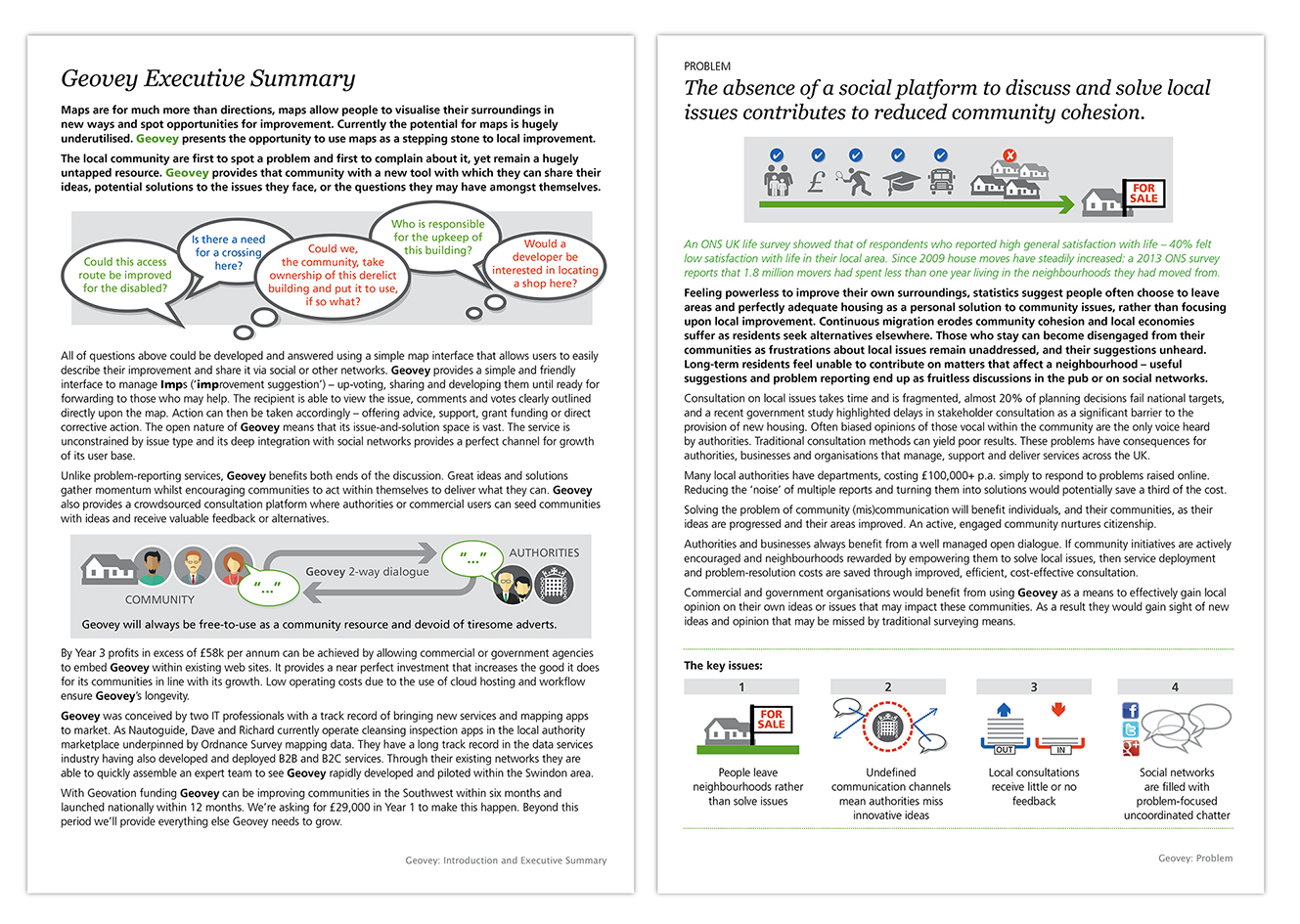
Pages from the Geovey brochure:
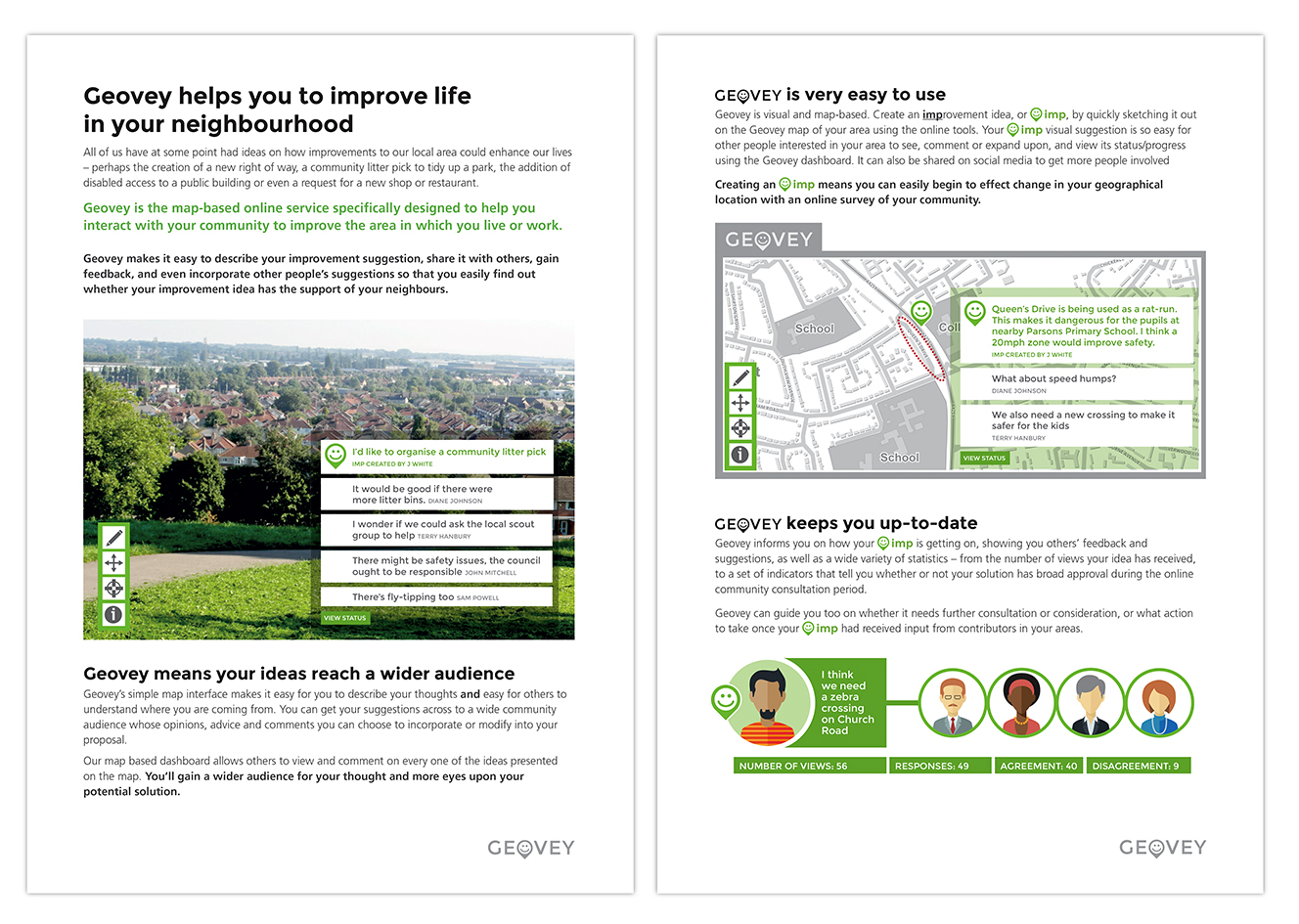
PADSW process diagrams*
Overview: PADSW created necessity of change in rail industry work culture. Infographics presented new process and structure approval from senior management sought at key stage meetings and consultations to release next-stage funding and strengthen management support.
PADSW control of work process diagram:
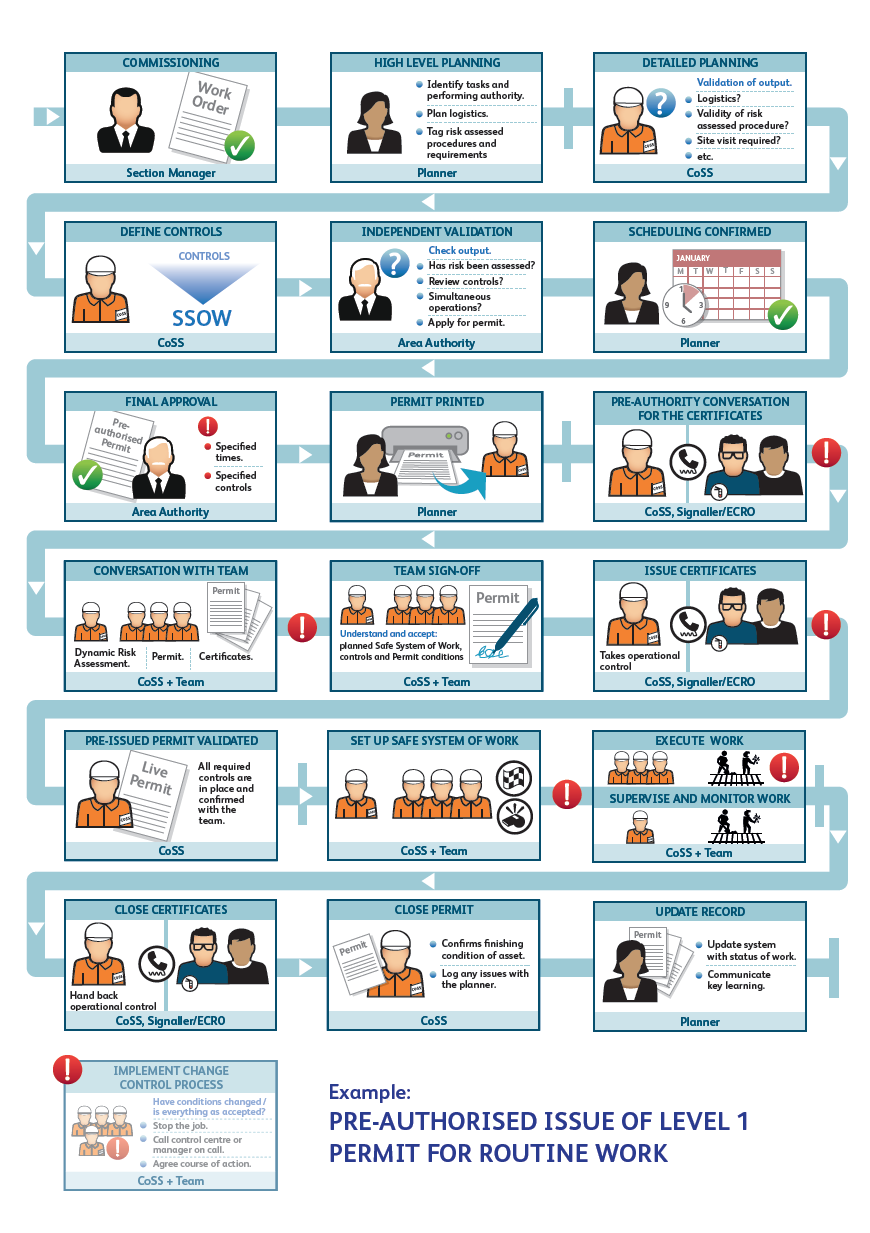
PADSW roles and responsibilities infographic:
